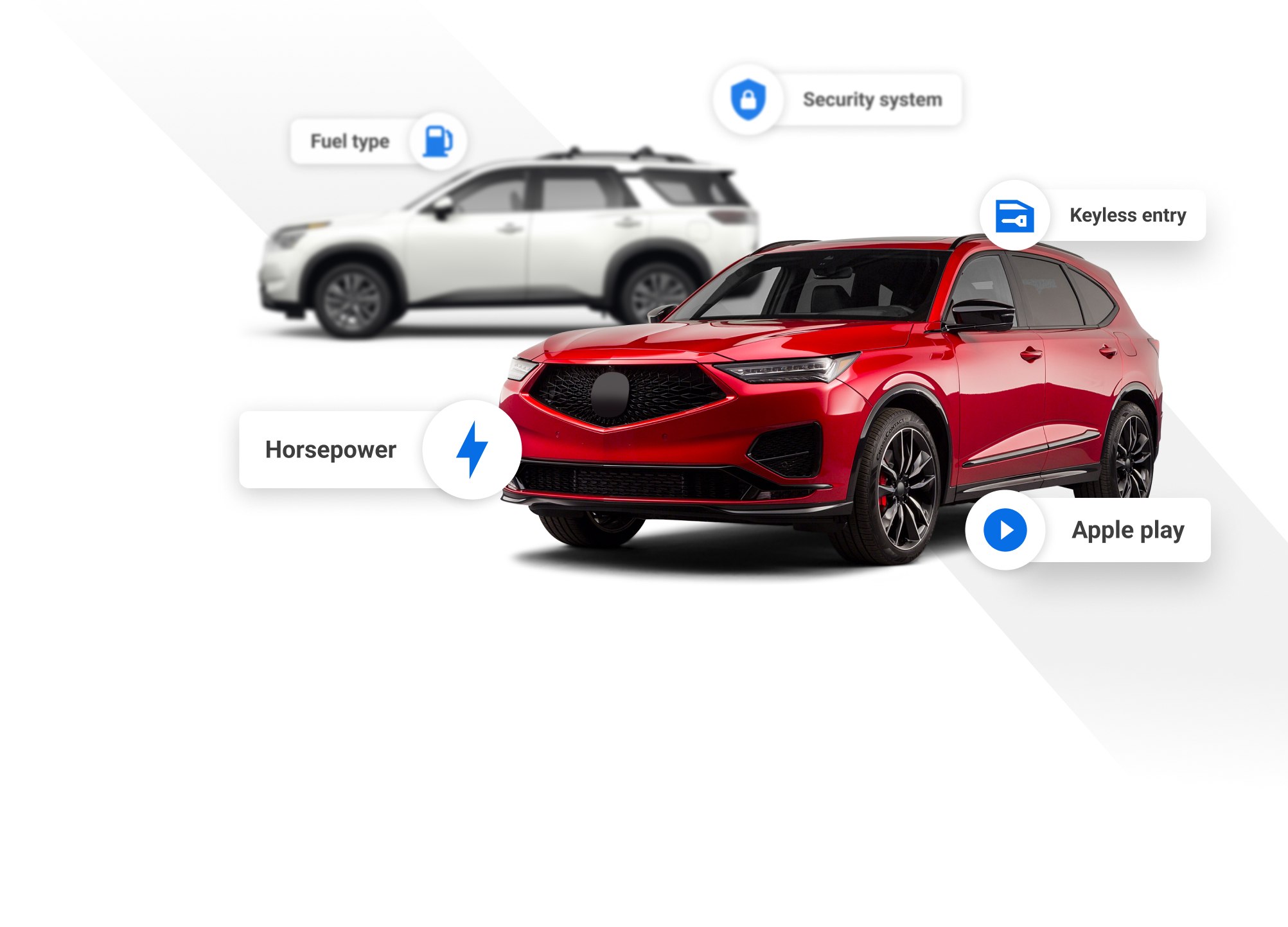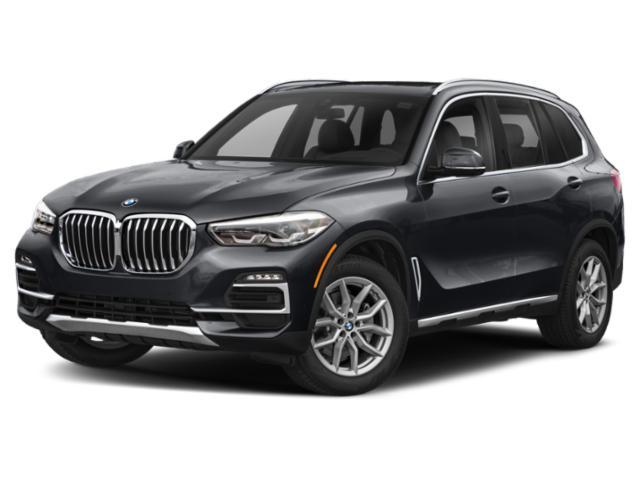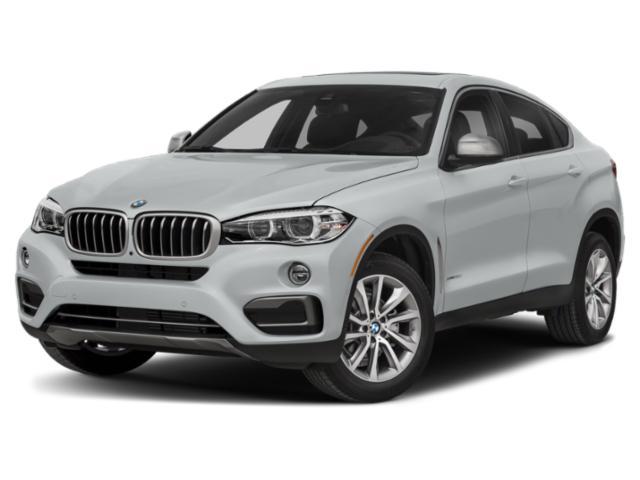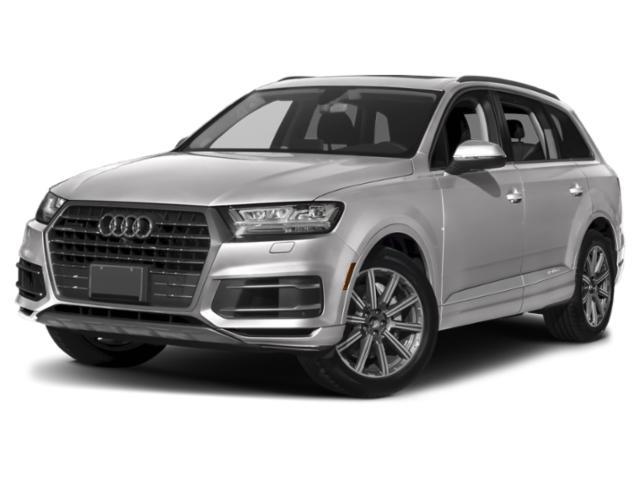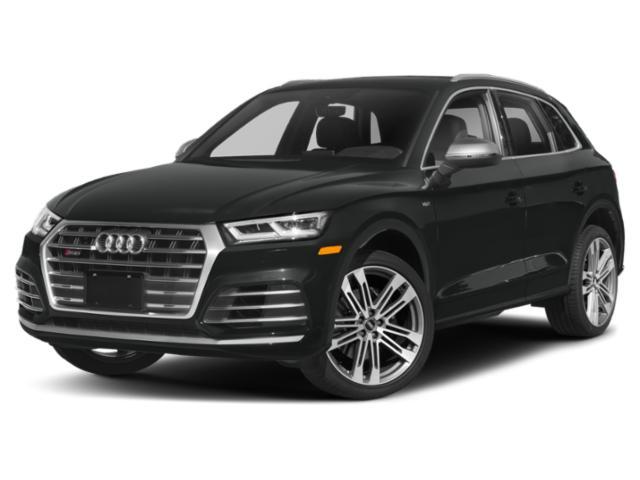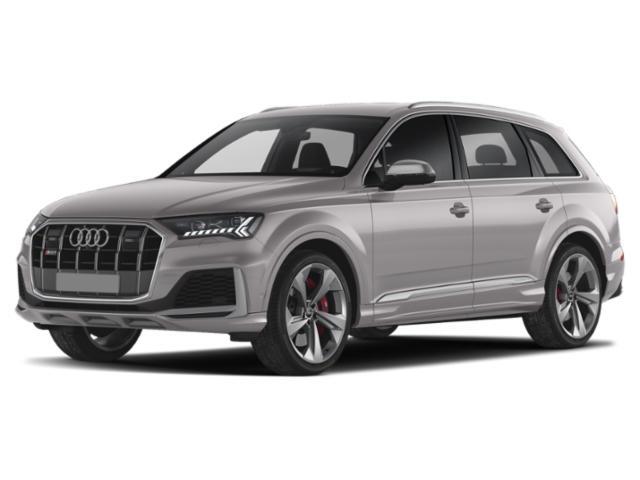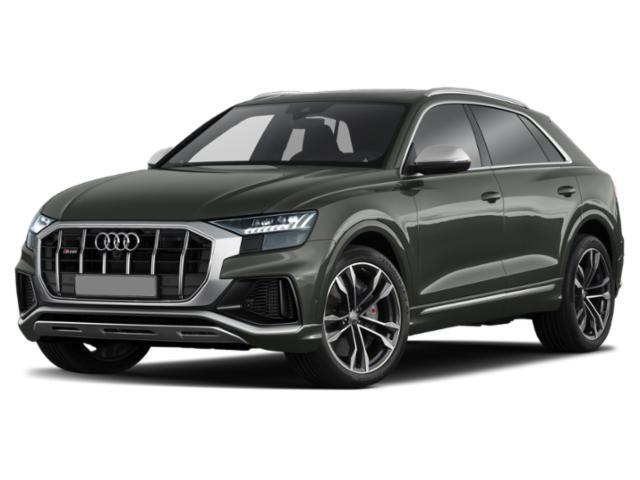
2019 Mercedes-Benz GLE-Class


Key Specifications for 2019 Mercedes-Benz GLE-Class






Buyer’s Guide
Mercedes-Benz was one of the first upscale automakers to explore the SUV category in the late 1990s with the ML-Class, a mid-size model that the company a few years ago renamed as the GLE-Class.
This vehicle and competitors like the BMW X5, Volvo XC90, Porsche Cayenne, Acura MDX, Lexus RX and several others are not exciting, but these days they pay the bills for their makers.
They're also helping carmakers fund their forays into electrification, so it seems a strange development that Mercedes has dropped the GLE 550e plug-in hybrid model from the lineup for 2019. If you ask us, that's because the company is readying its EQ range of all-electric models and wants to concentrate on making the final push to bring those cars to market.
Benz gets a bit of breathing room in that regard, as BMW has redesigned its X5 for 2019 and appears to be putting that vehicle's plug-in variant on hiatus, too.
Still, that leaves Benz without a vehicle to line up against the Volvo XC90 T8, a formidable SUV that boasts some electric-only driving range and V8-like power.
The GLE's other changes for this year are also minor: the Mercedes Me Connect system is standard in all models, there's new black headlight trim to replace last year's silver bits, and Benz has shuffled a few features around in the GLE's option packages.
That leaves this utility's fundamentals unchanged. The GLE comes in standard and more rakish Coupe variants powered by a range of V6 and V8 engines.
The entry level is the GLE 400, based on the boxier body and powered by a turbo 3.0L V6 making 329 hp and 354 lb-ft of torque. Next up is the AMG GLE 43, available in both bodies and using an uprated version of the same engine good for 385 hp and 384 lb-ft. The GLE 550 is back to the boxy body only, and get its power from a 4.7L turbo V8 making 449 hp and 516 lb-ft. Finally, the AMG GLE 63 S comes in both shapes and gets its power from a big 5.5L turbo V8 making 577 hp and 561 lb-ft.
GLE 400, GLE 43 and GLE 550 share a nine-speed automatic transmission, while the GLE 63 S uses a seven-speed. Benz's 4Matic AWD system is standard across the range.
You probably know the AMG name given that company's long history of hotting up Mercedes-Benz vehicles. A high-performance SUV sounds anachronistic, but Benz is hardly alone in that regard: BMW does an X5 M, there's a Porsche Cayenne Turbo, and even Jeep makes two track-ready versions of its Grand Cherokee, one of which shares its 707-hp engine with the Dodge Charger and Challenger muscle cars.
GLE 400 models comes with all-LED exterior lighting, automatic high beams, power-folding side mirrors, 19-inch wheels, leather-trimmed steering and artificial leather seating, 8.0-inch infotainment display, automatic climate control, sunroof and blind spot monitoring. Items like passive keyless entry, power tailgate, smartphone integration and active safety features are all optional.
GLE 43 trim adds 20-inch wheels, sport exhaust and air suspension with adaptive damping.
GLE 550 gets a panoramic sunroof, standard smartphone integration and active parking assist.
The GLE 63 S's upgrades are mostly performance related, but also include 21-inch wheels, navigation and lane keeping assist. Options here include niceties like soft-close doors, a 1,400-watt stereo, massaging seats and a carbon fibre engine cover.
Mercedes had yet to publish fuel consumption estimates for the 2019 GLE as we were putting together this buyer's guide, but they should be similar to the 2018 model's figures. Those were 13.5/10.3 L/100 km (city/highway) for GLE 400 and GLE 43 models; 15.2/11.4 for the GLE 550 and 17.2/13.4 in GLE 63 S form (the GLE 63 Coupe's is a bit thriftier on the highway, at 12.8 L/100 km).
Review & Compare:
Photos



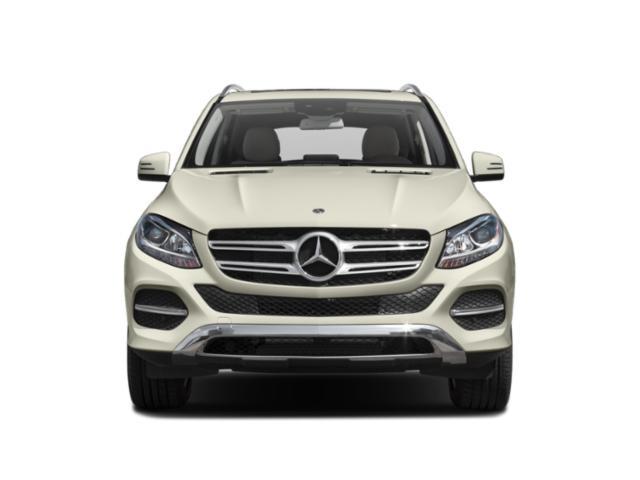
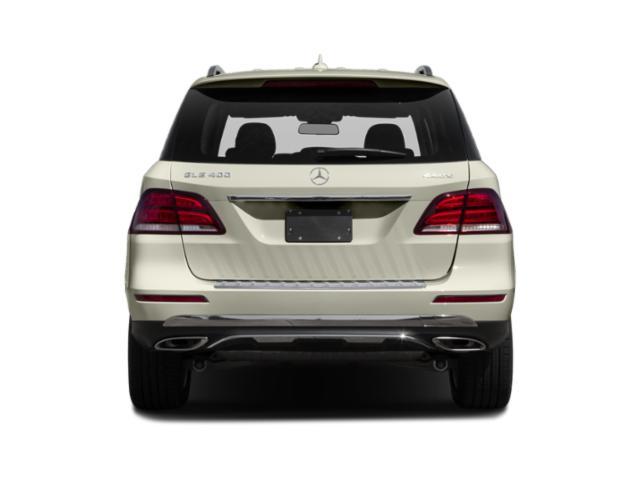
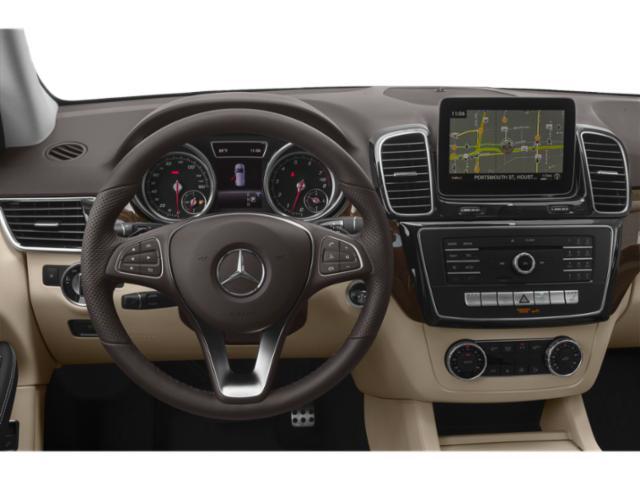
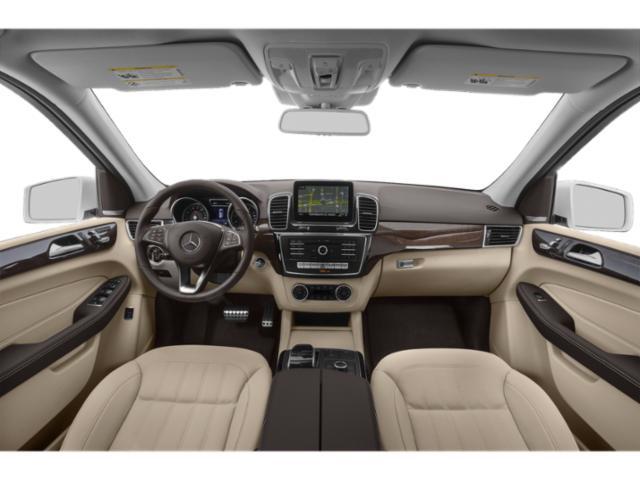
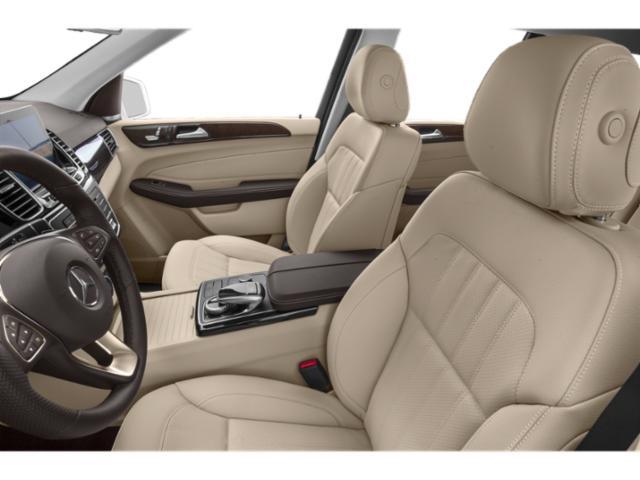
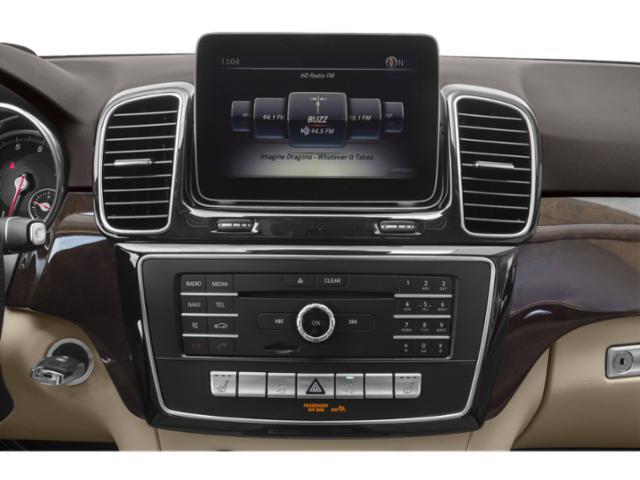
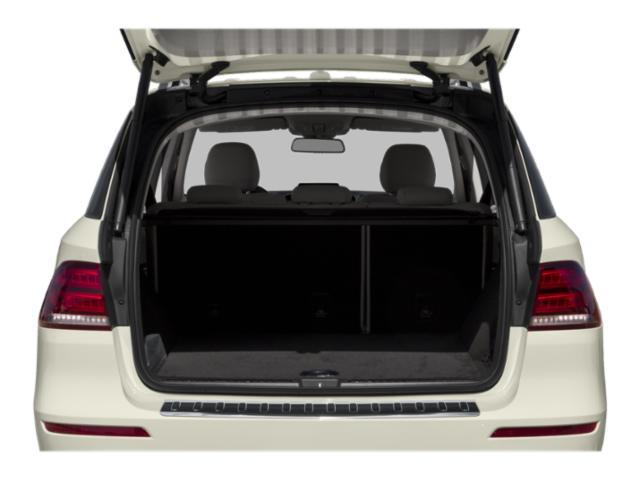
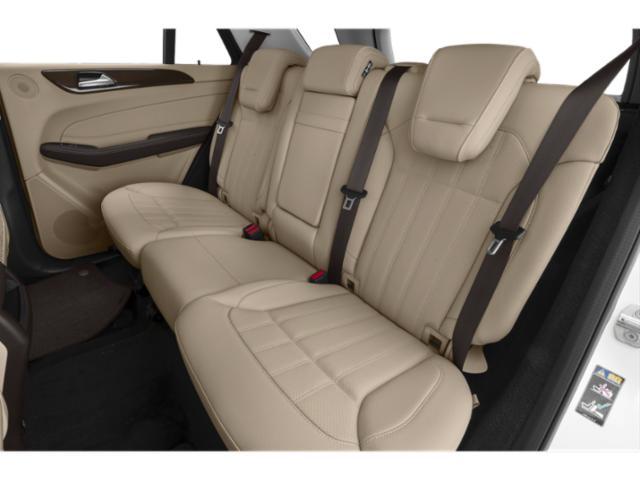
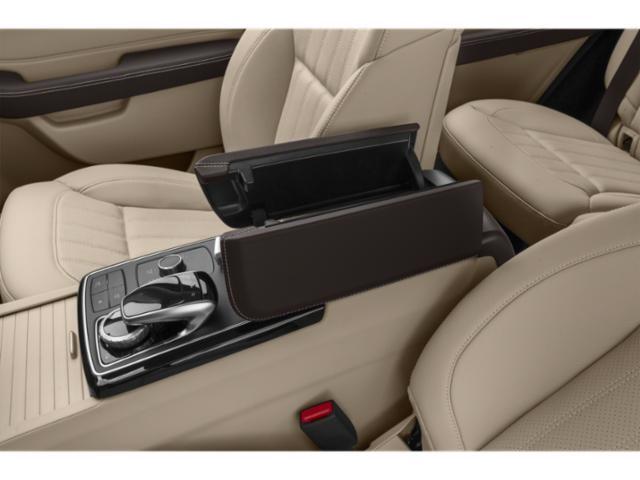
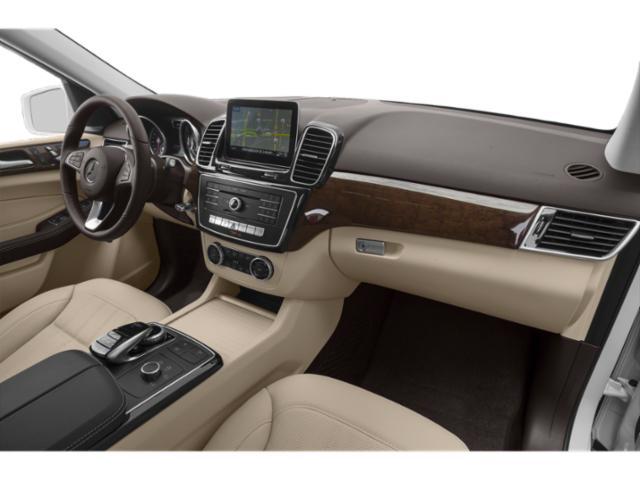
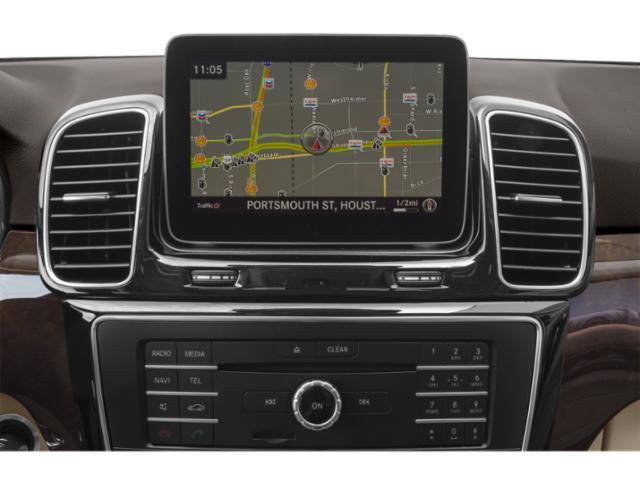


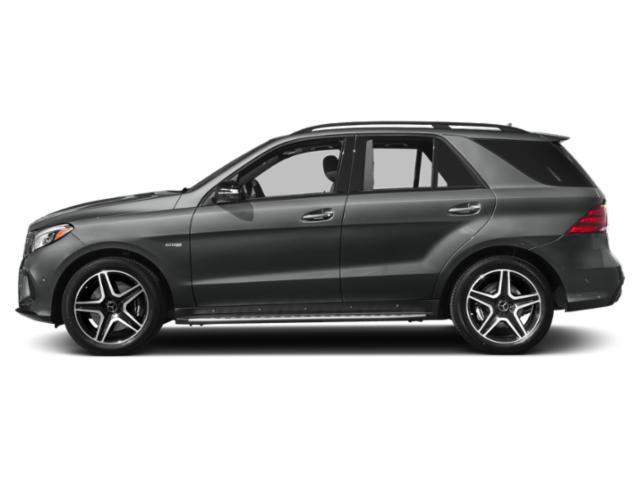
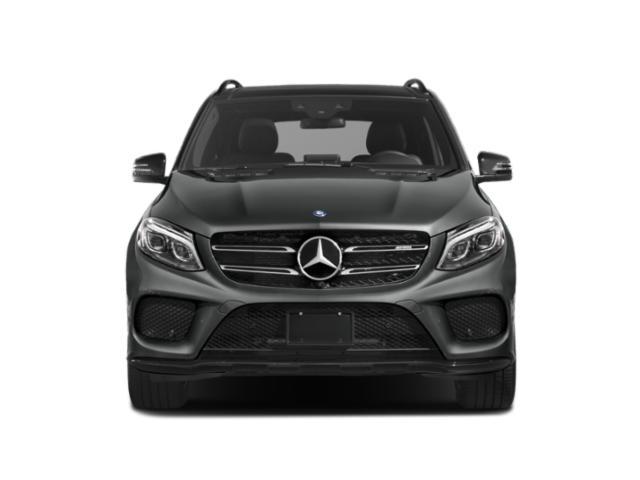
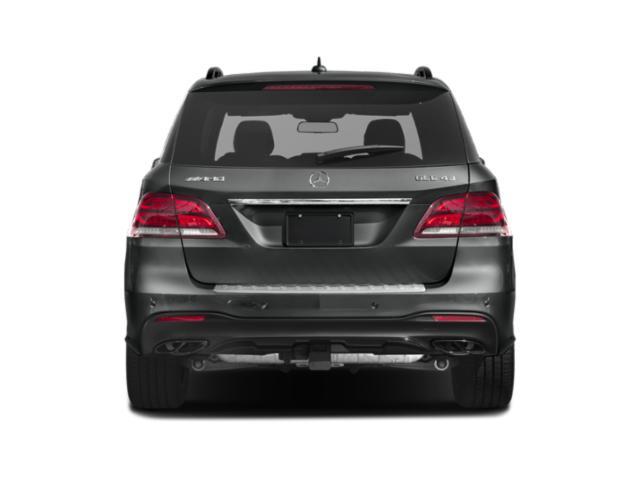
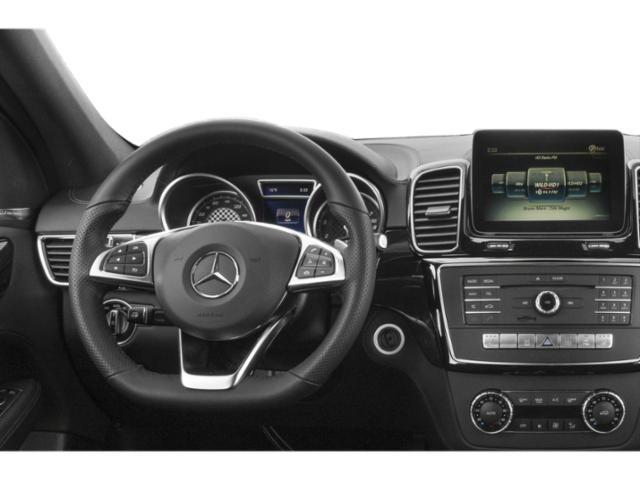
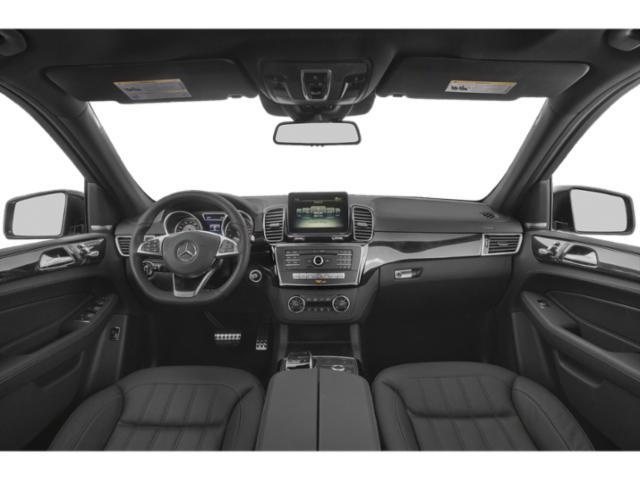
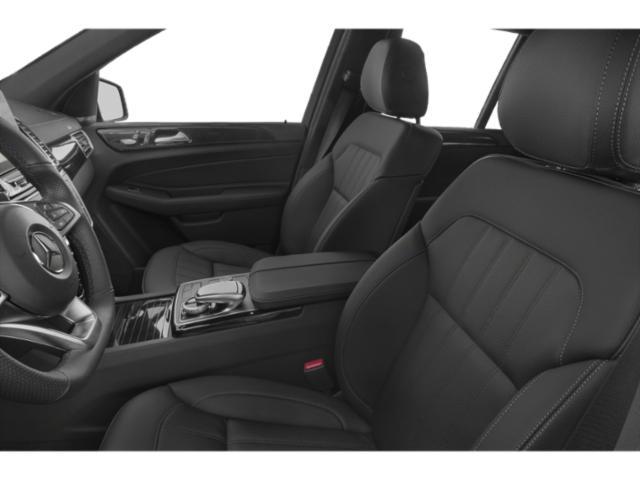
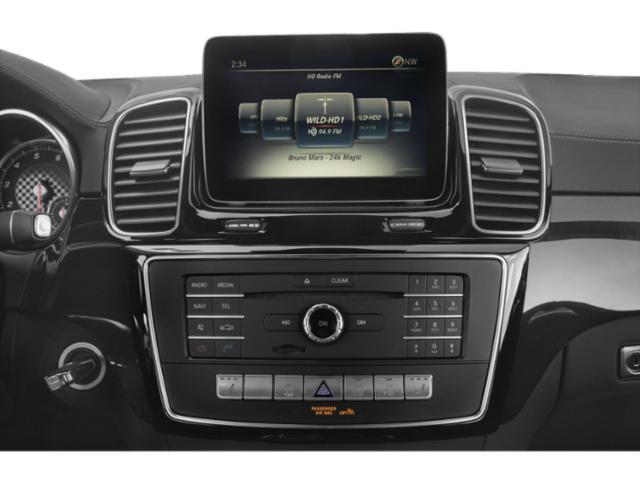
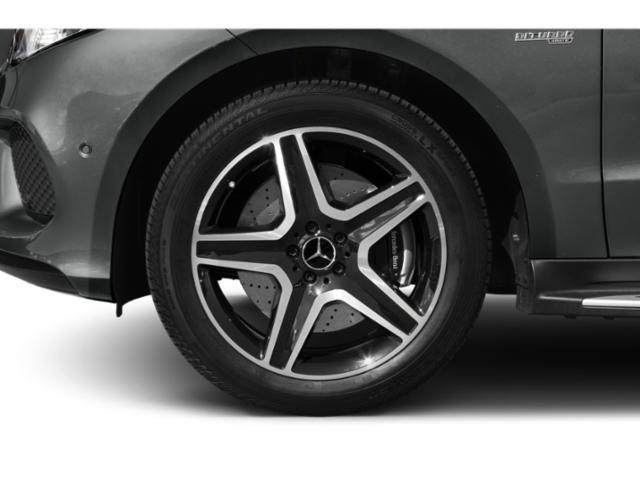
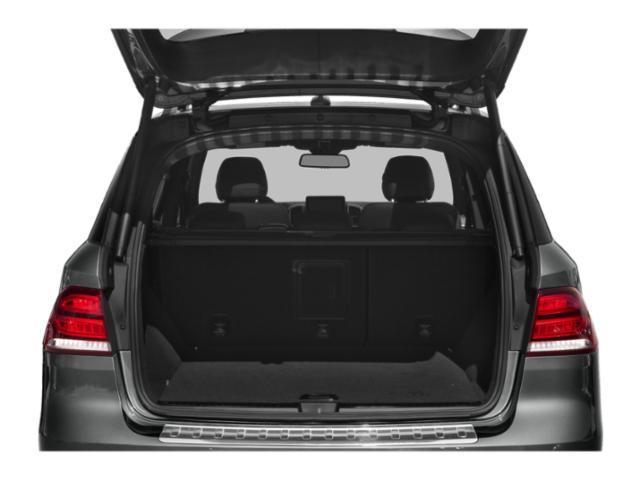
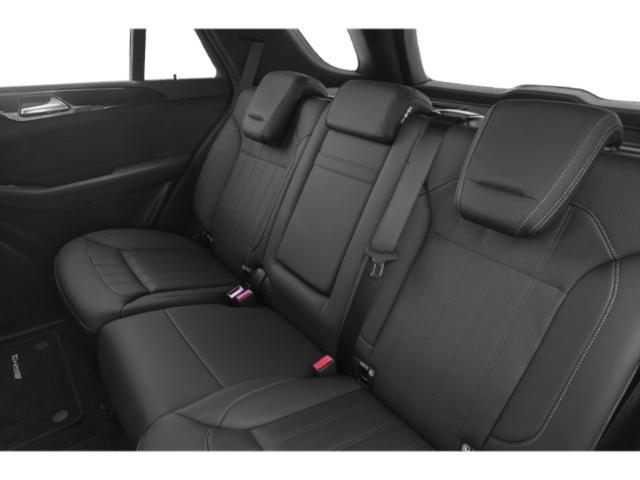

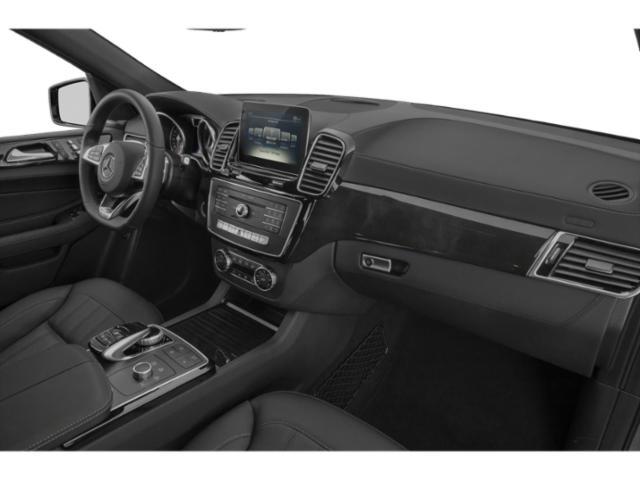
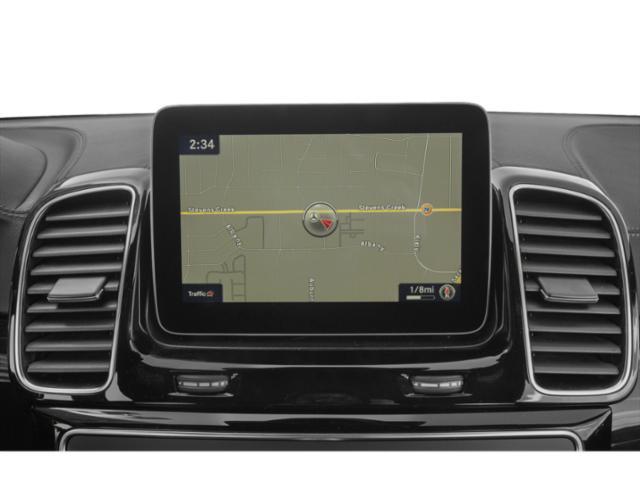


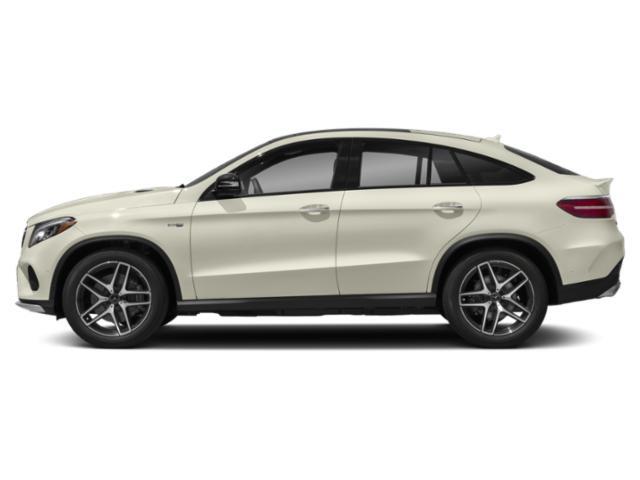

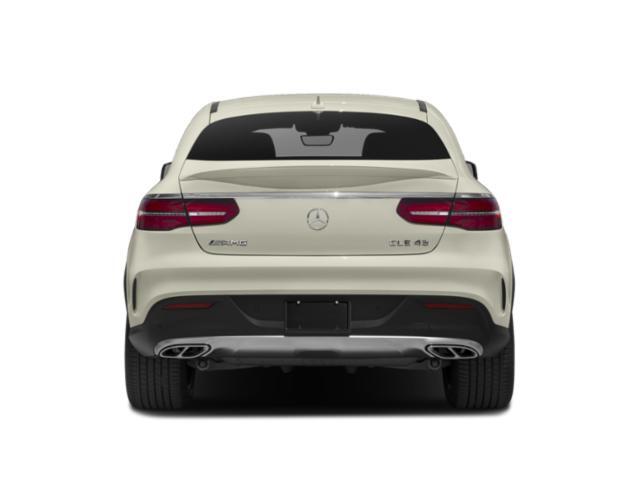
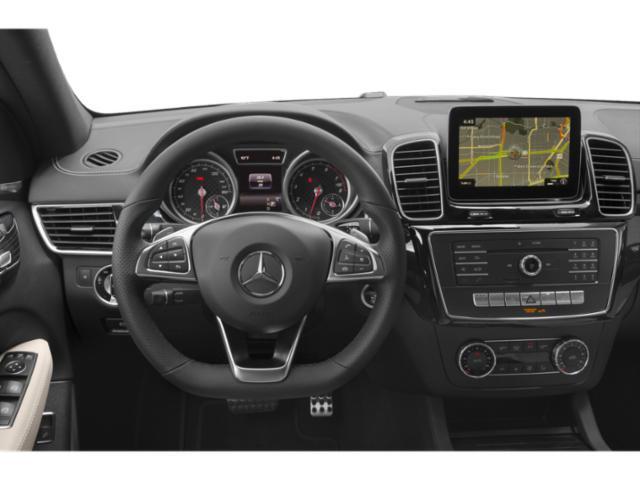
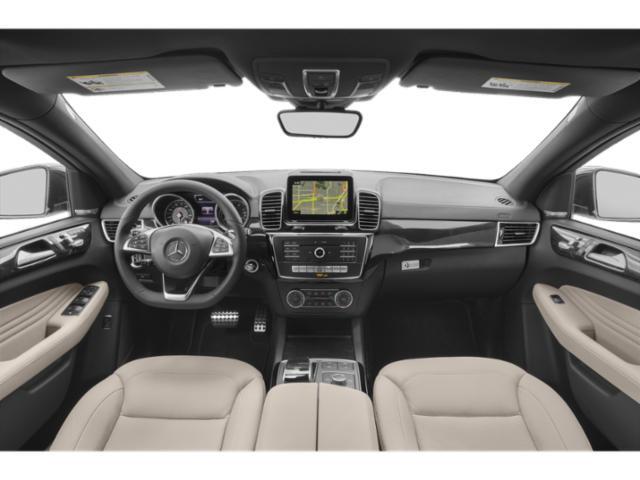
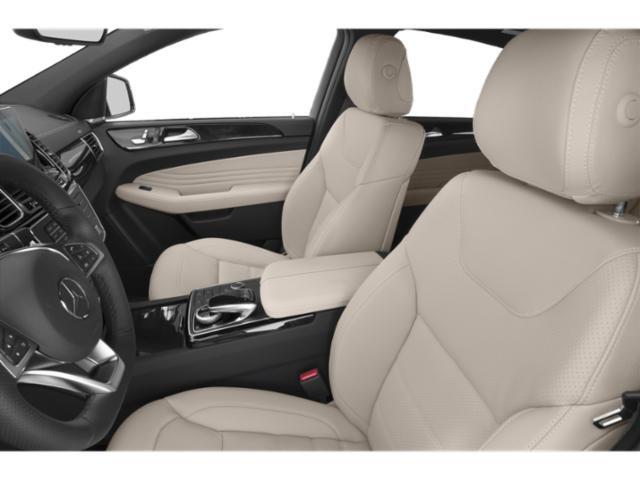
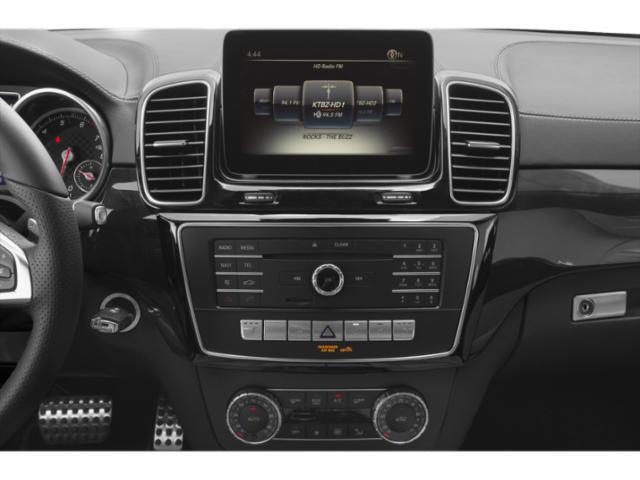
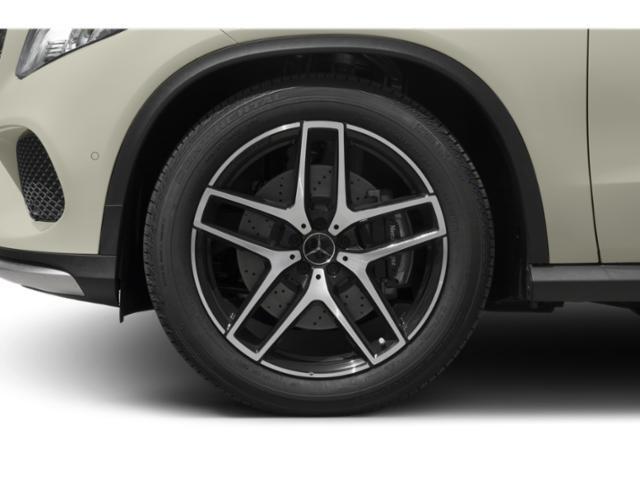
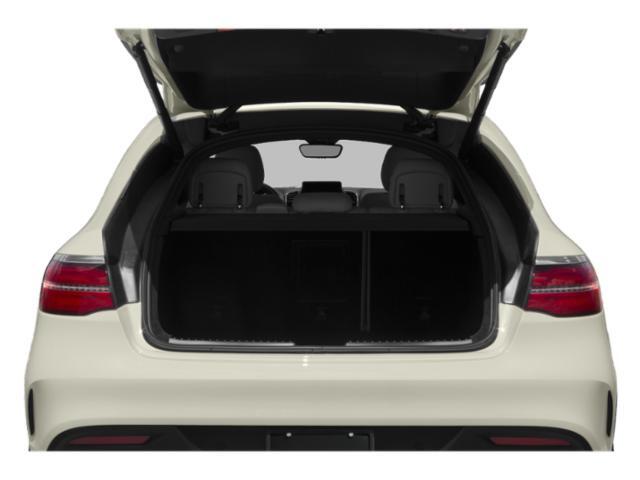
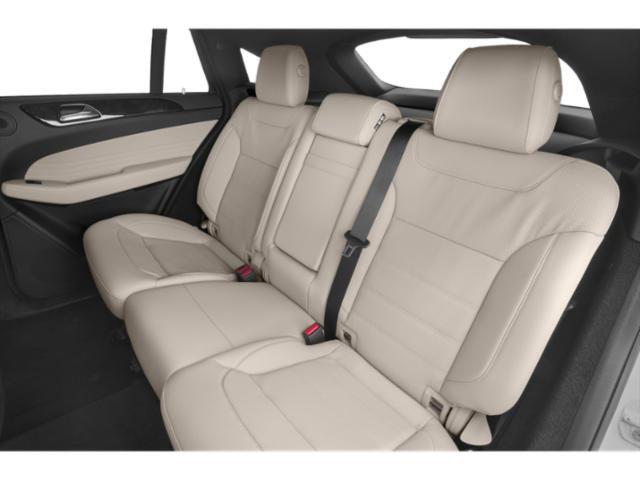
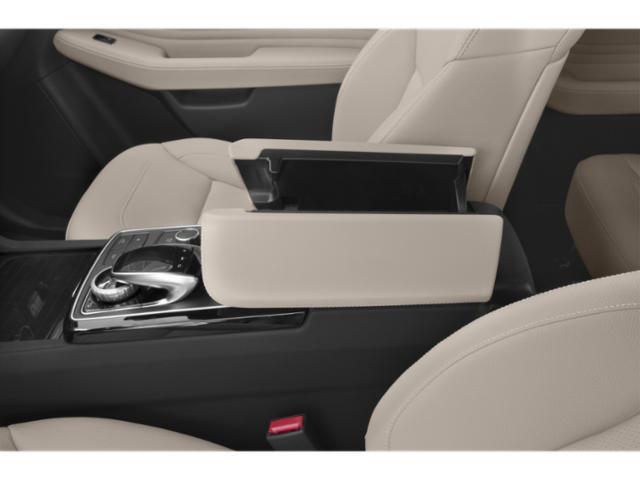

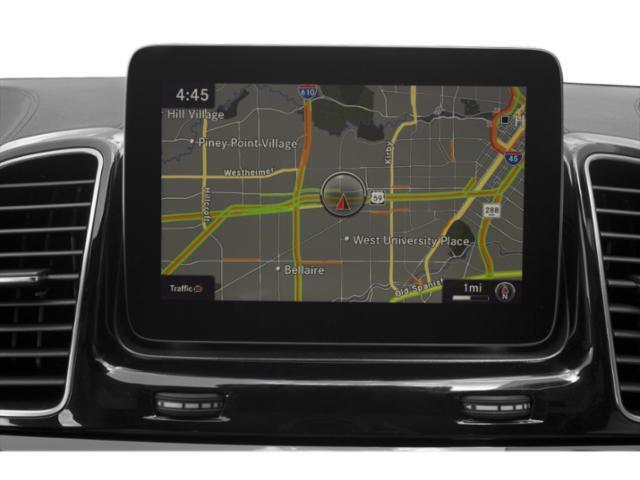


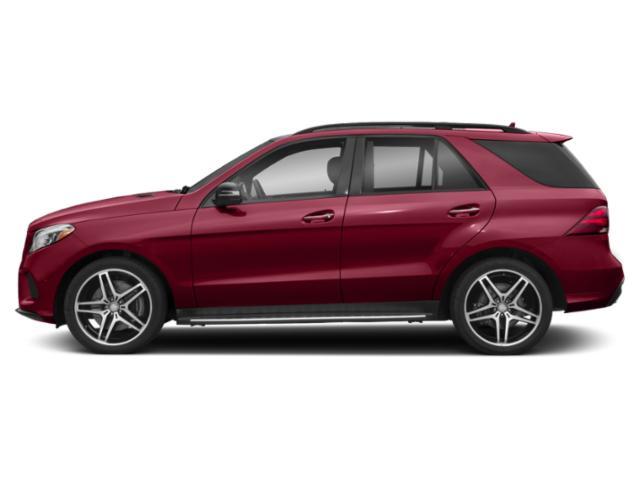
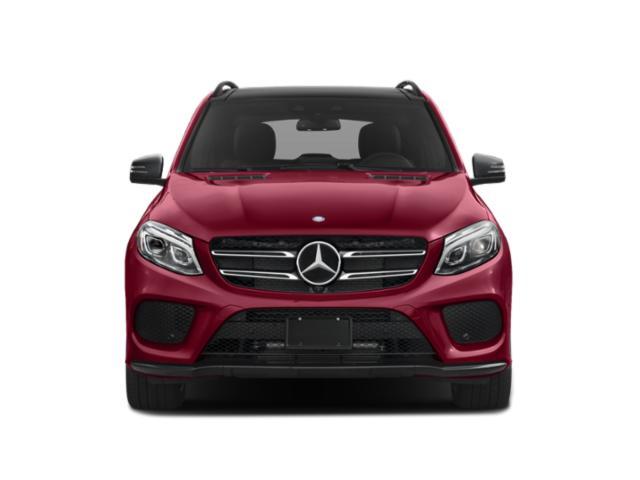
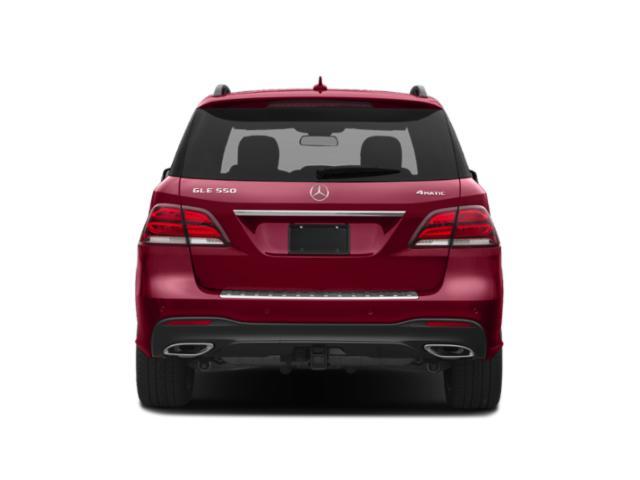
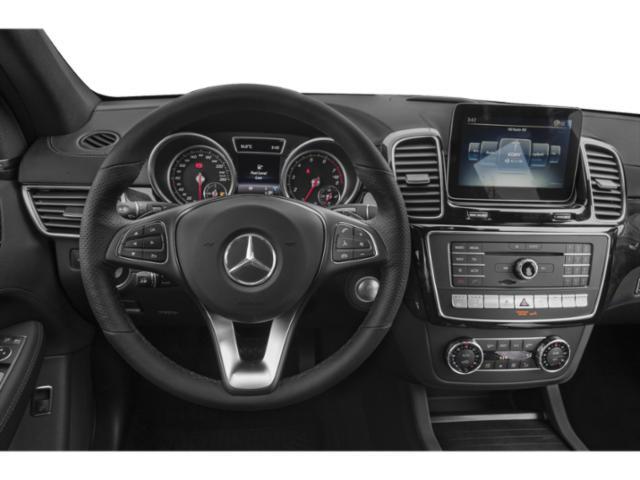
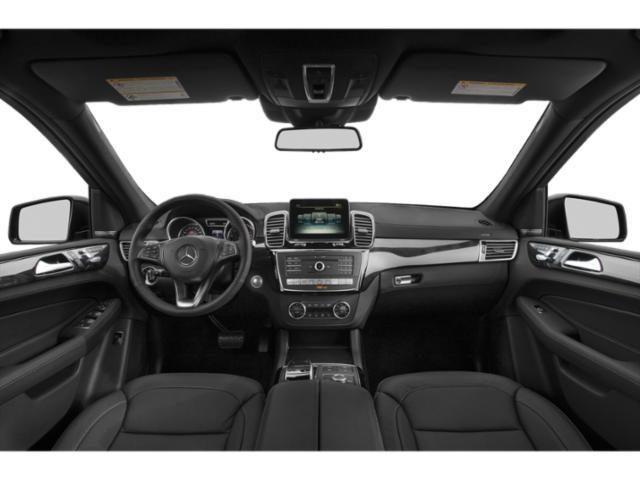
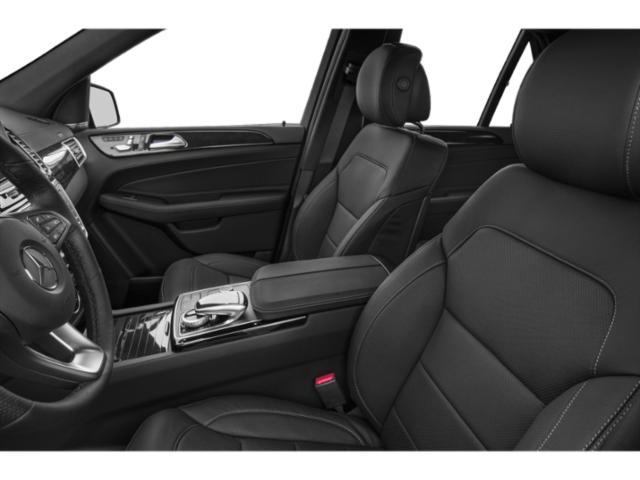
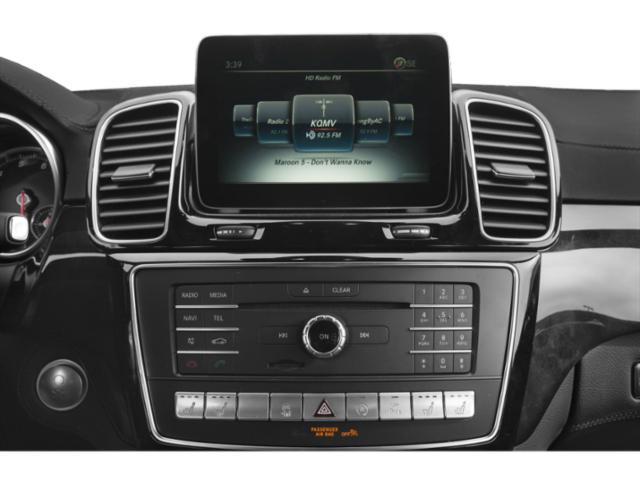
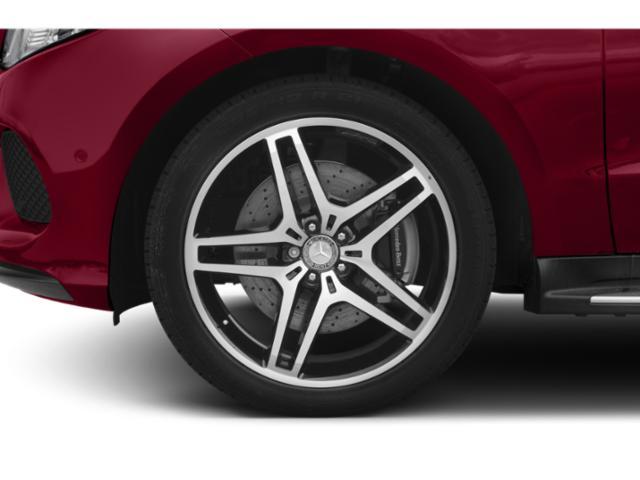
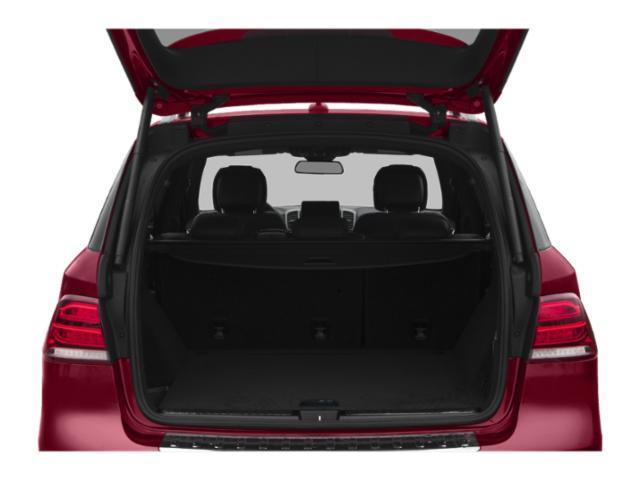
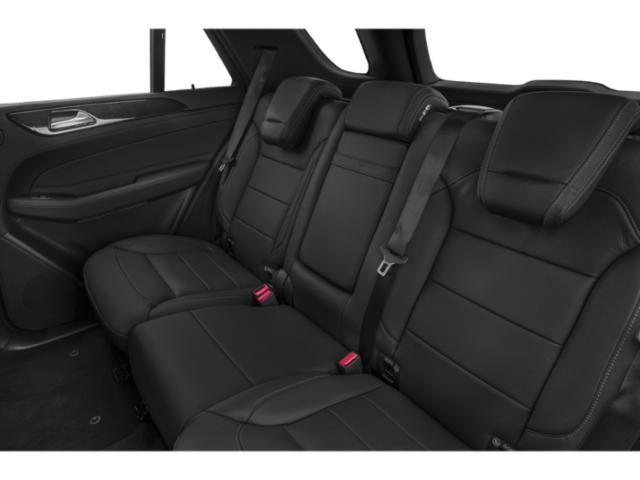
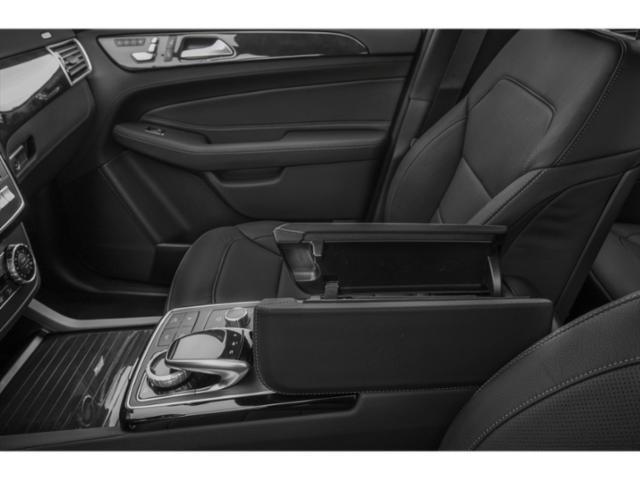
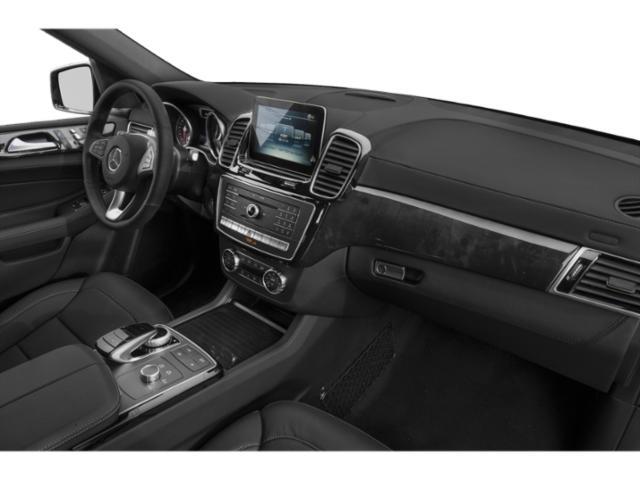
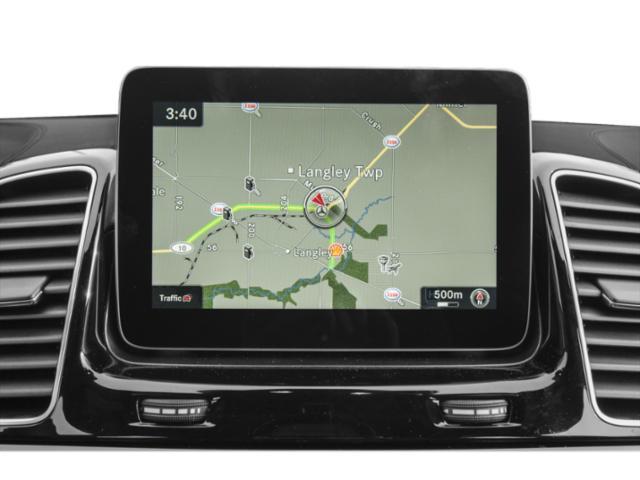


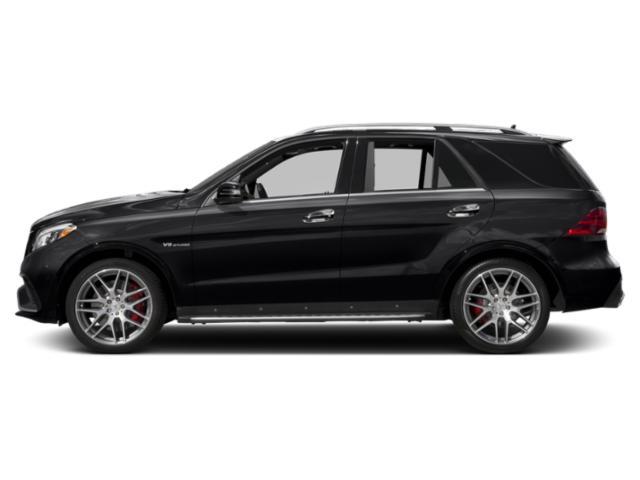

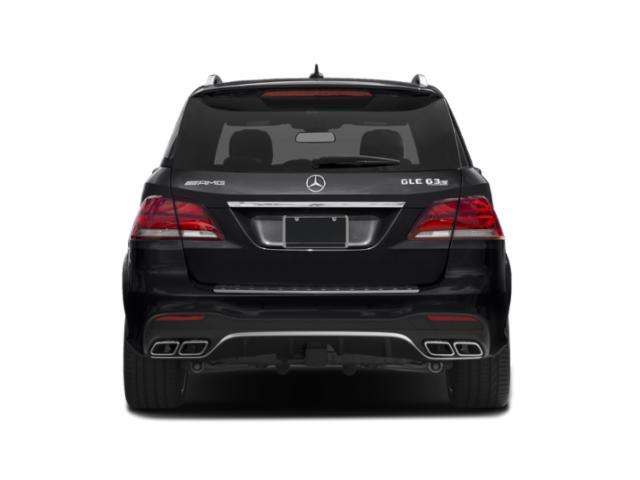
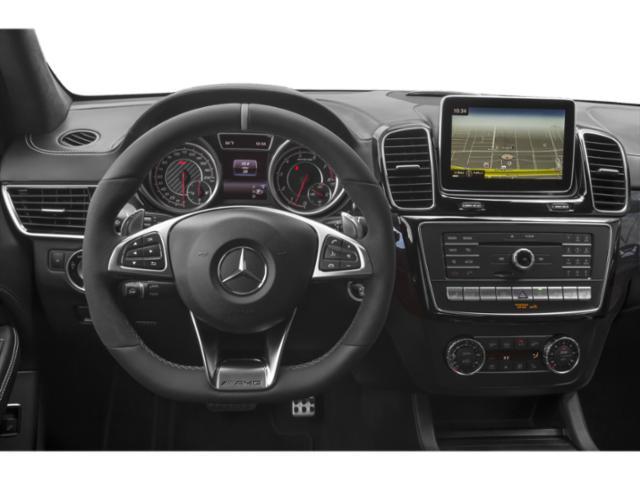
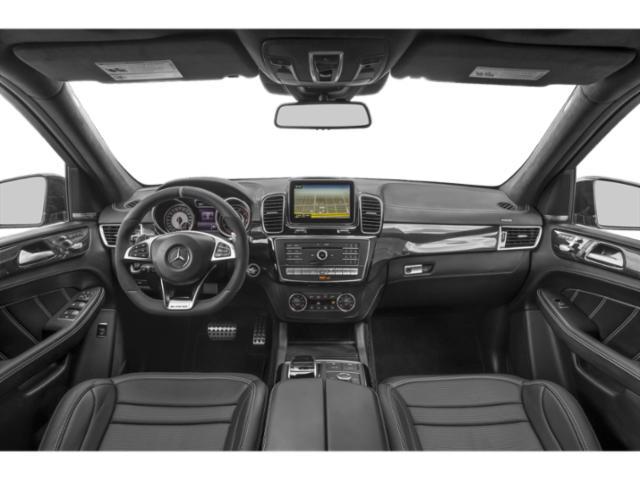
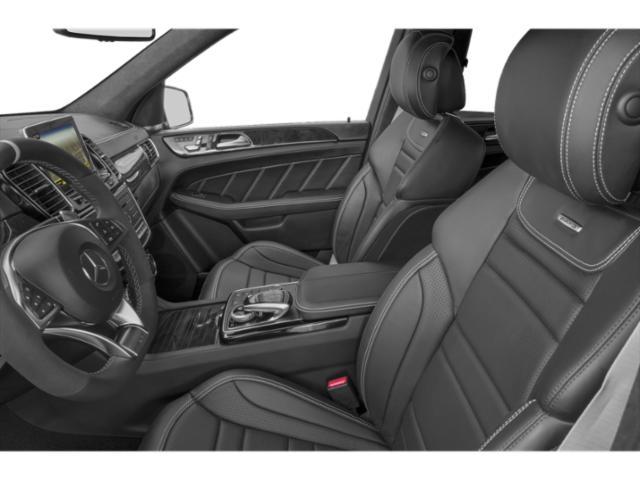
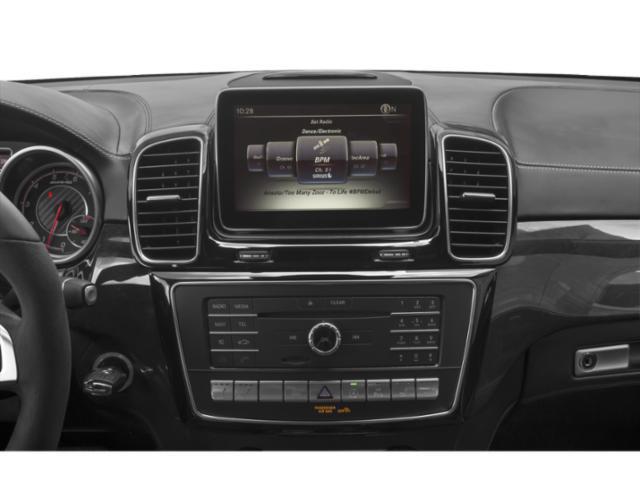
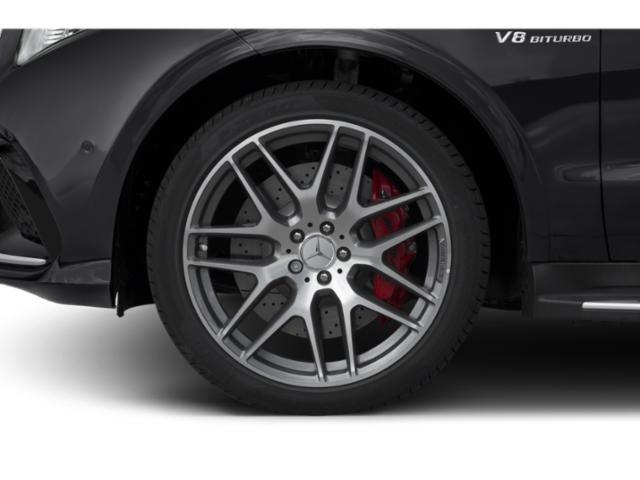
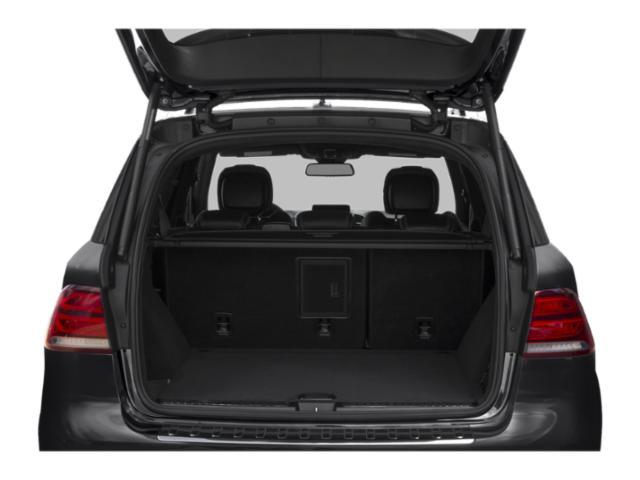
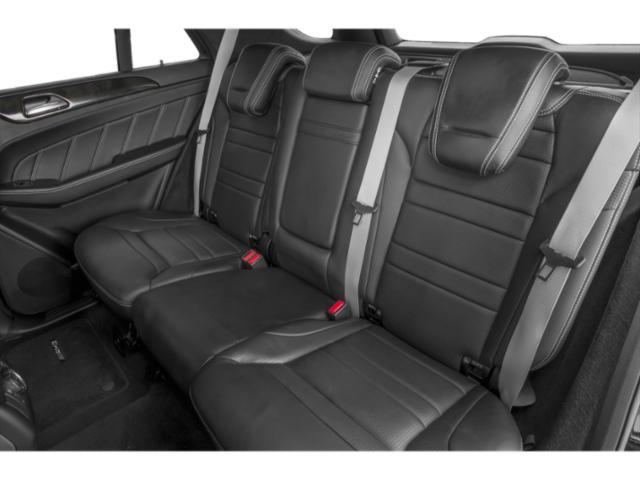
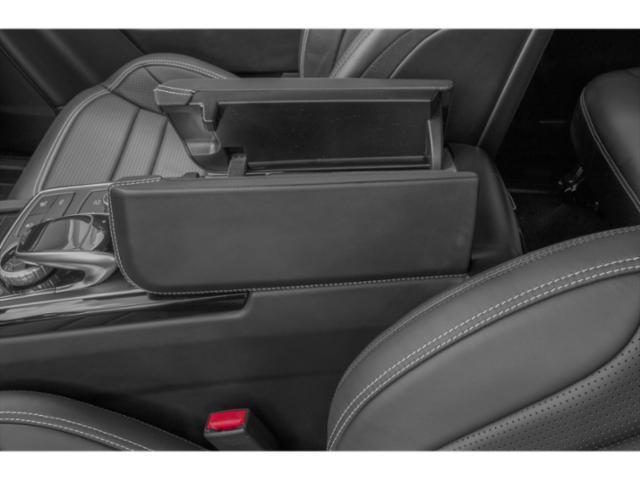
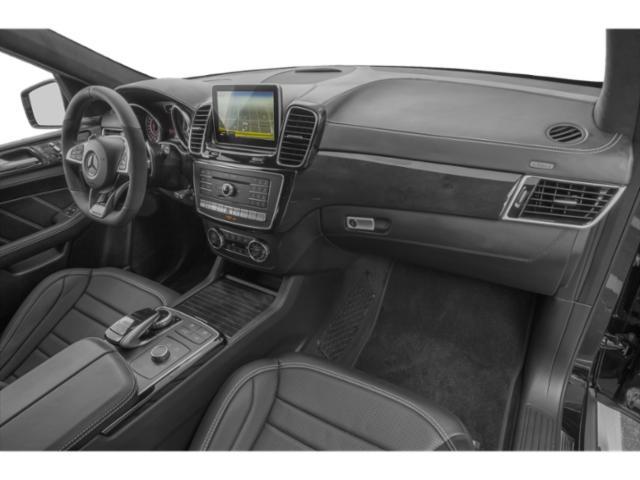
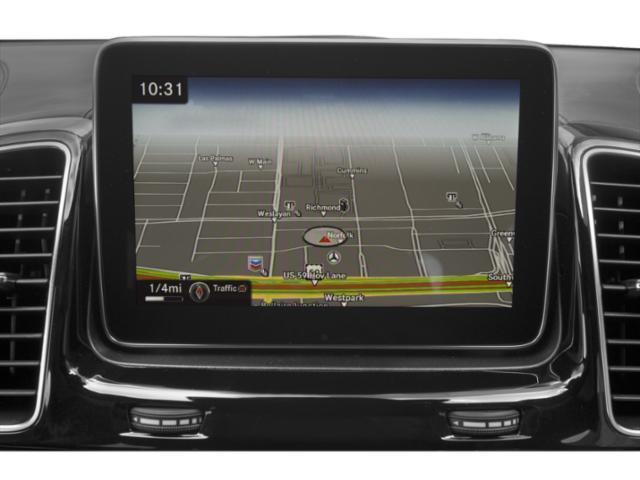


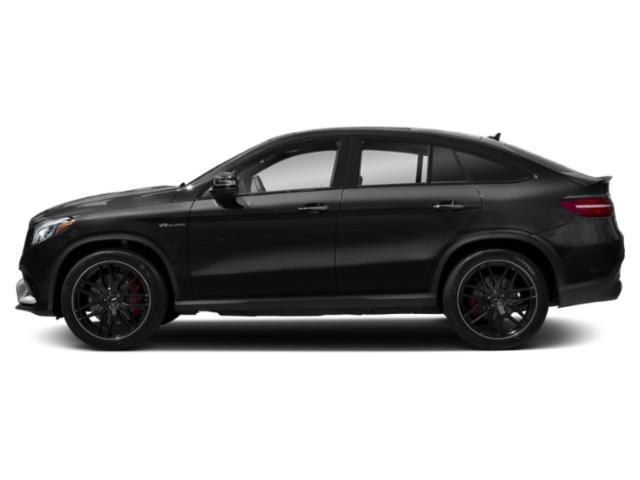
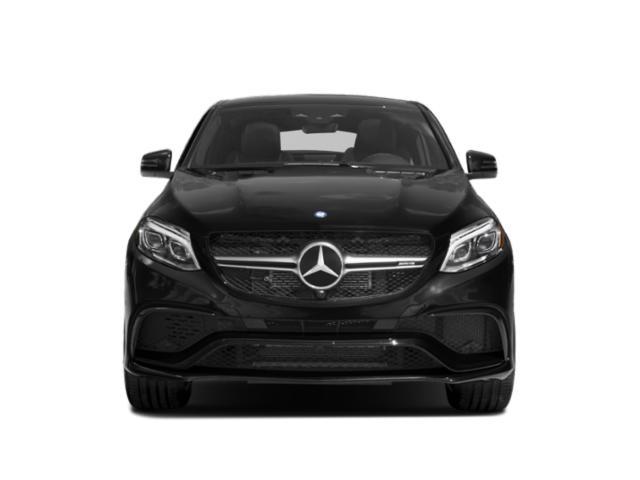
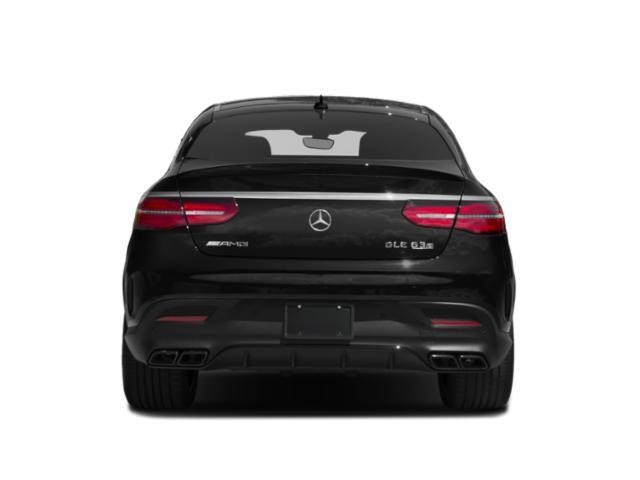
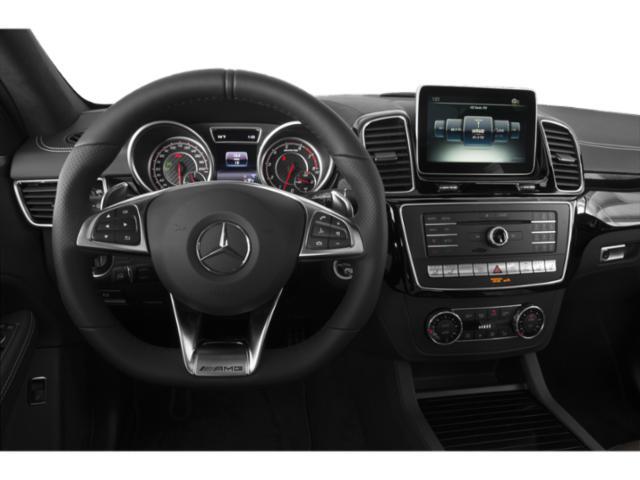
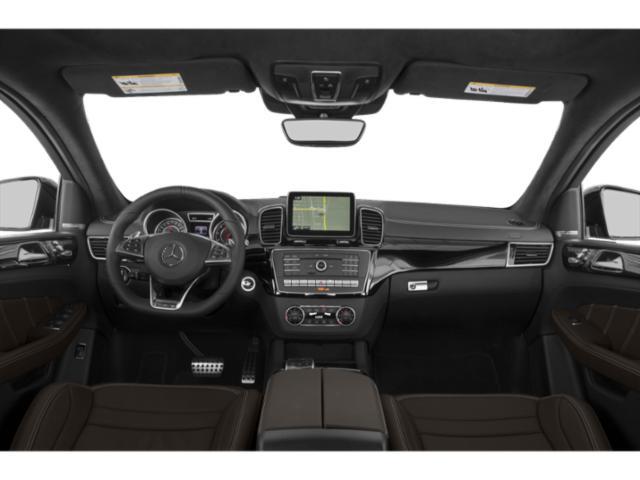
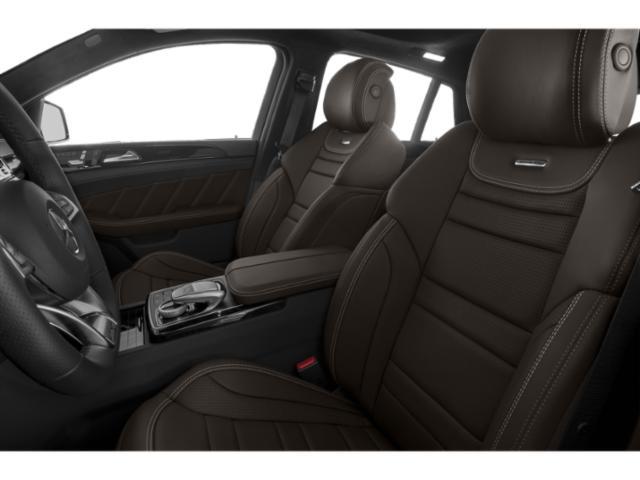
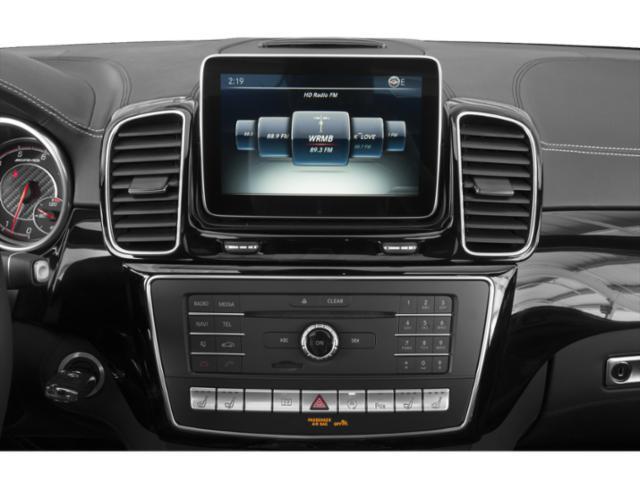
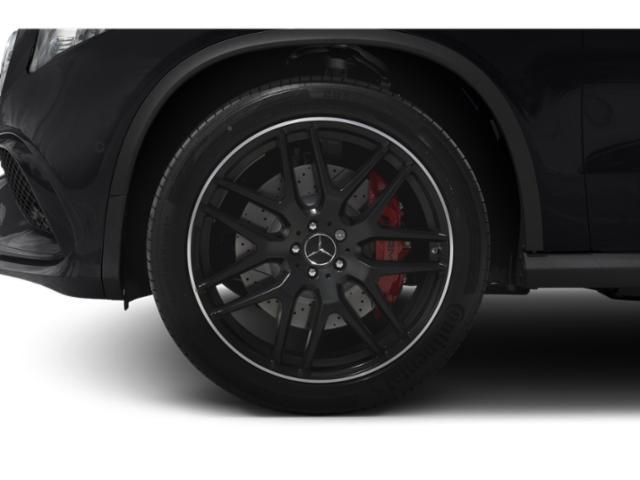
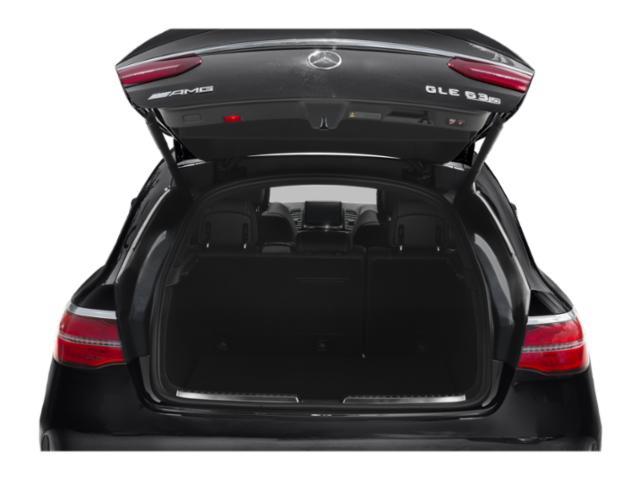
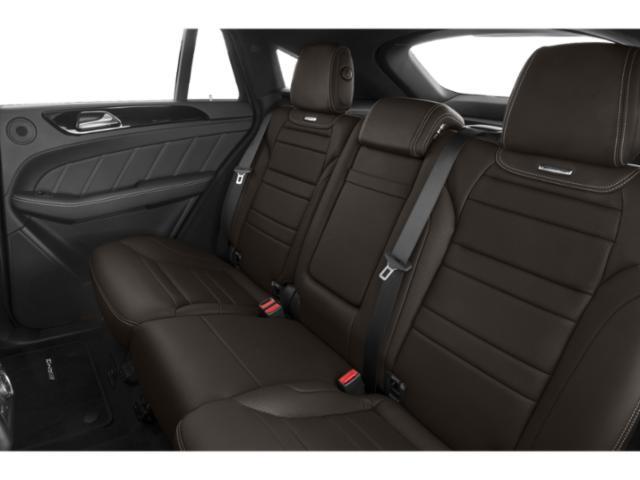
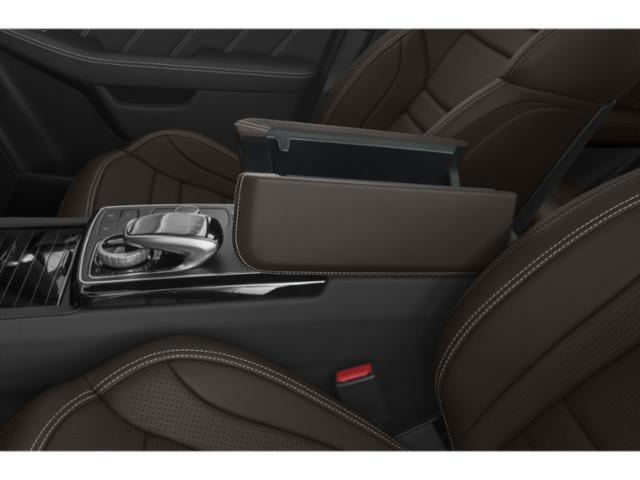

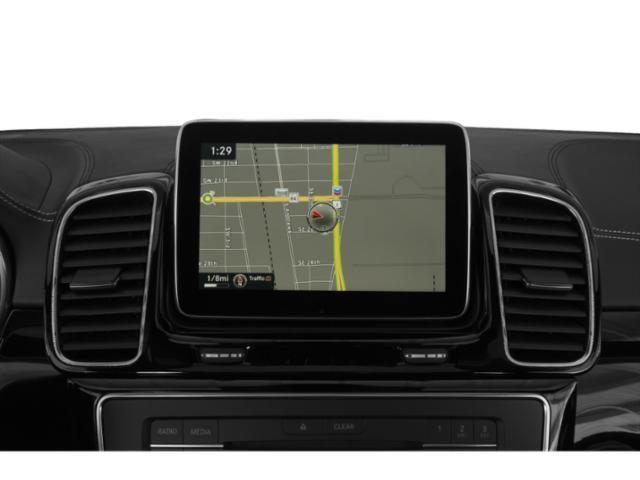

























































































AutoTrader Review


This vehicle has not yet been reviewed



